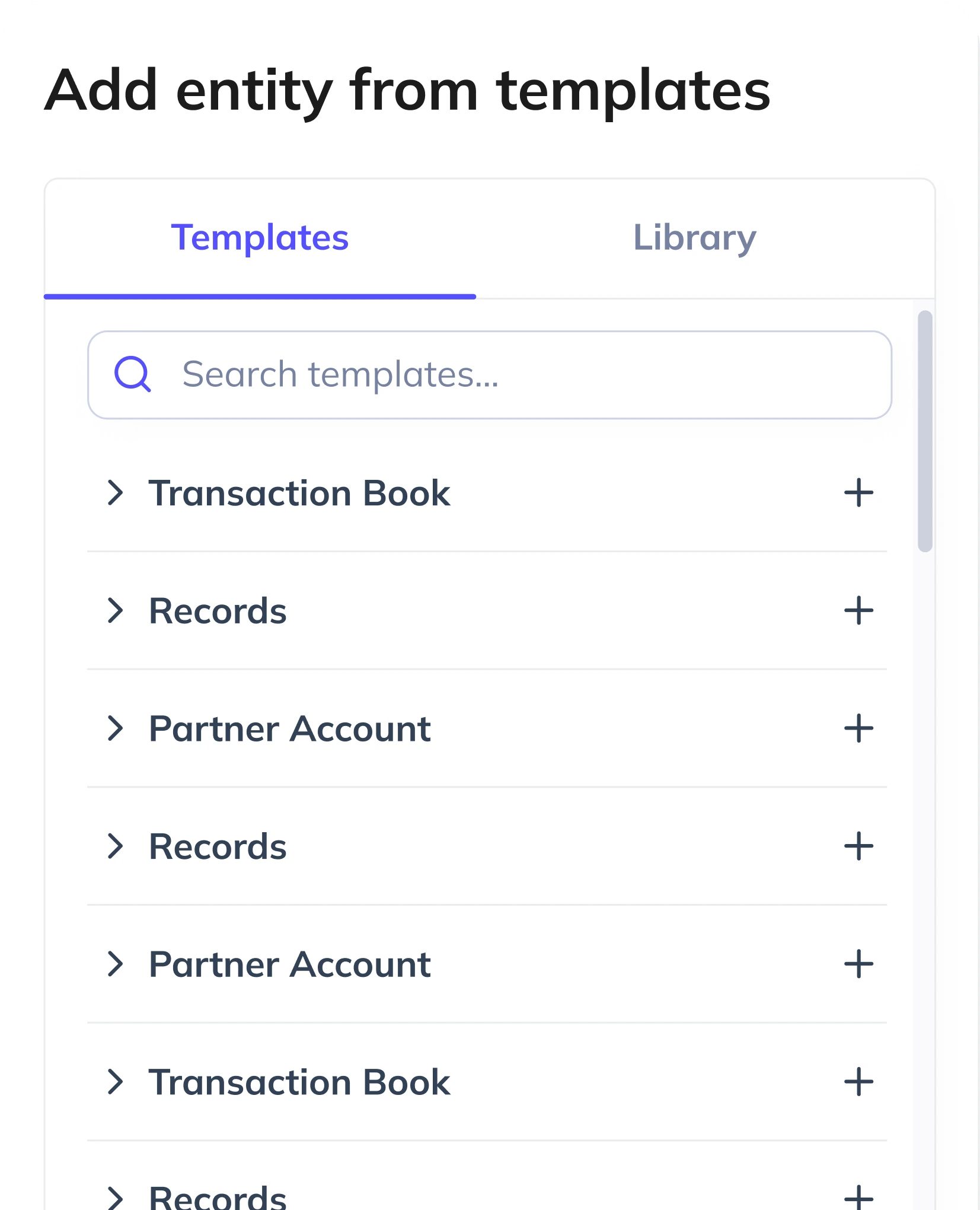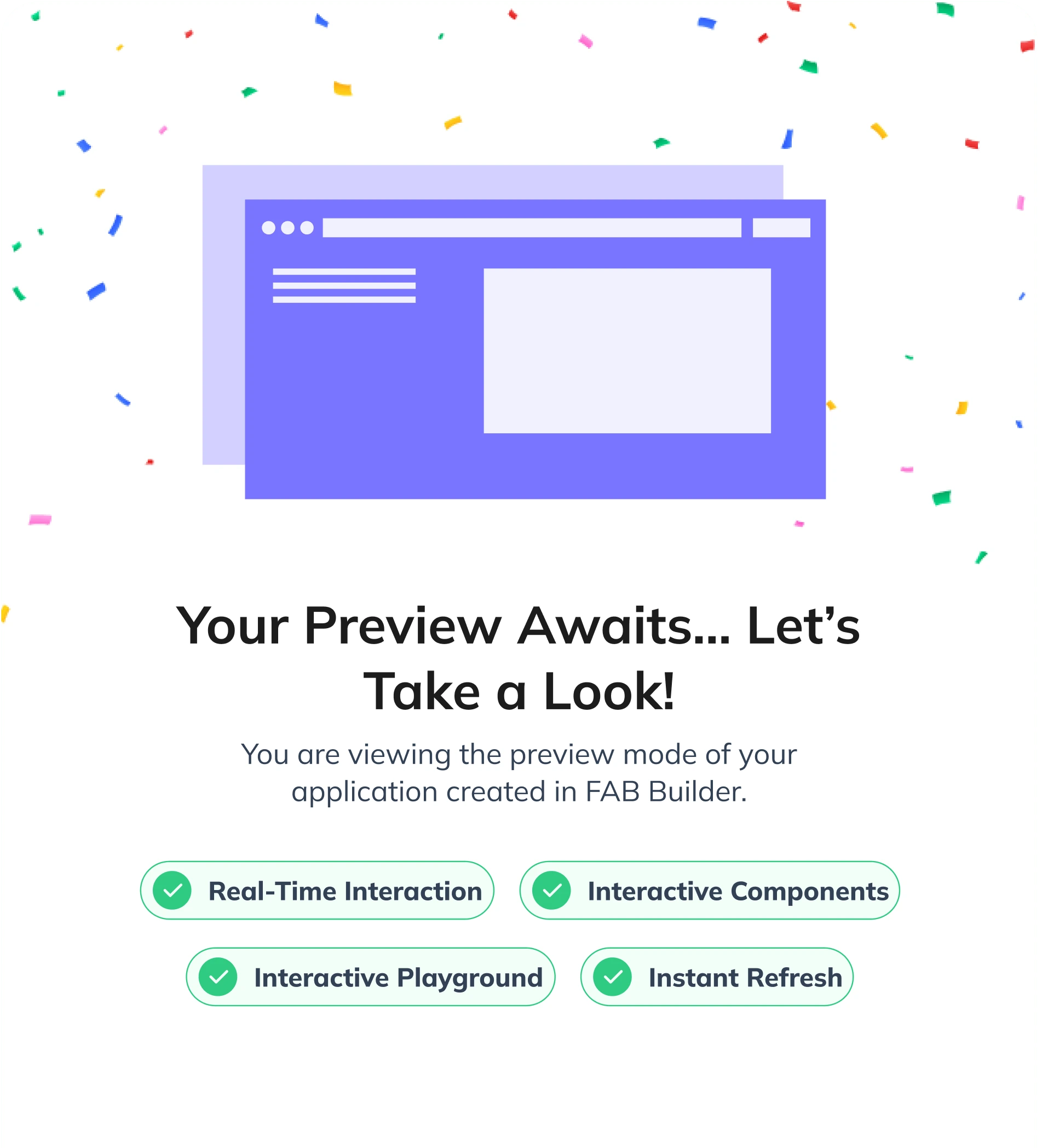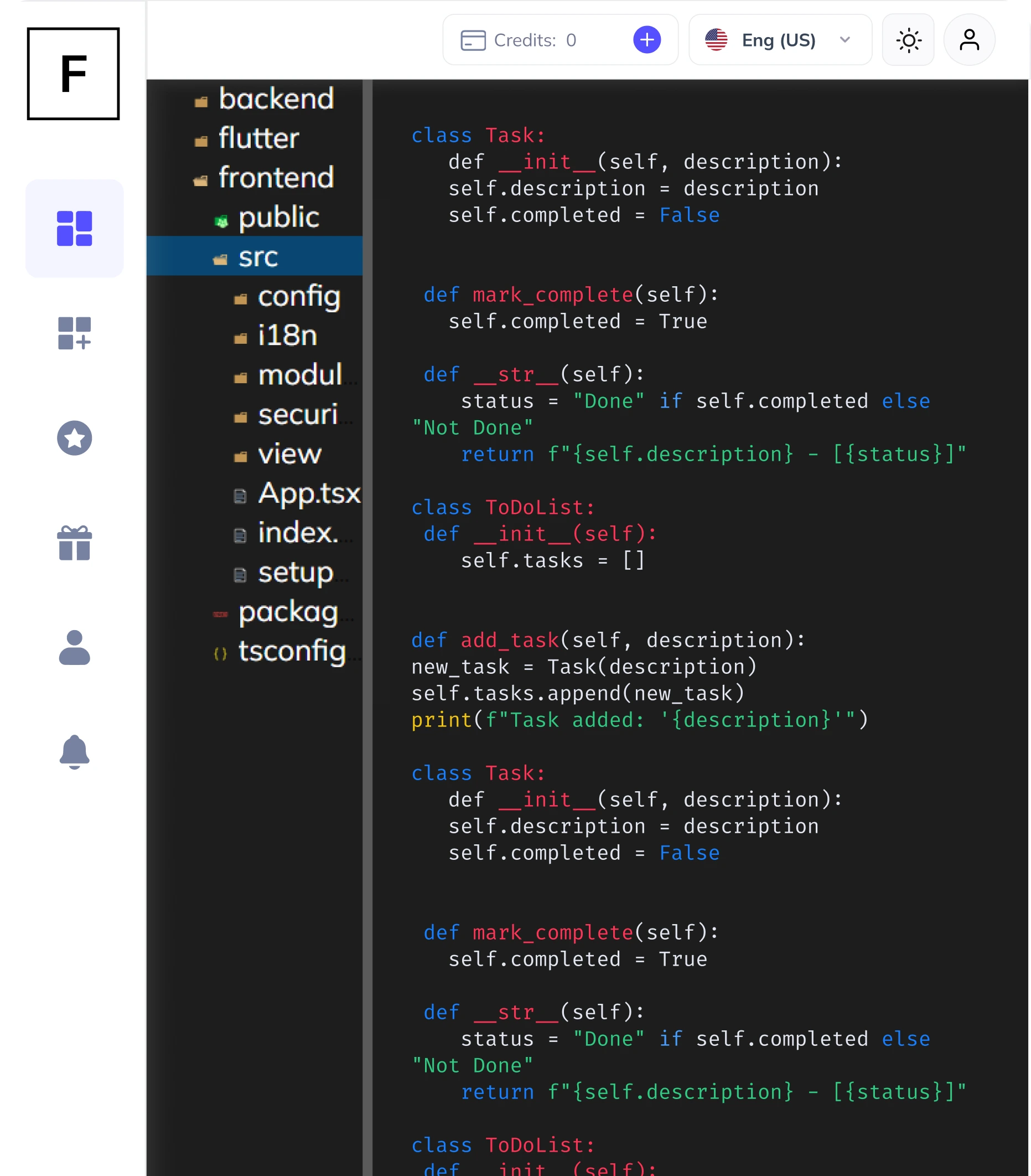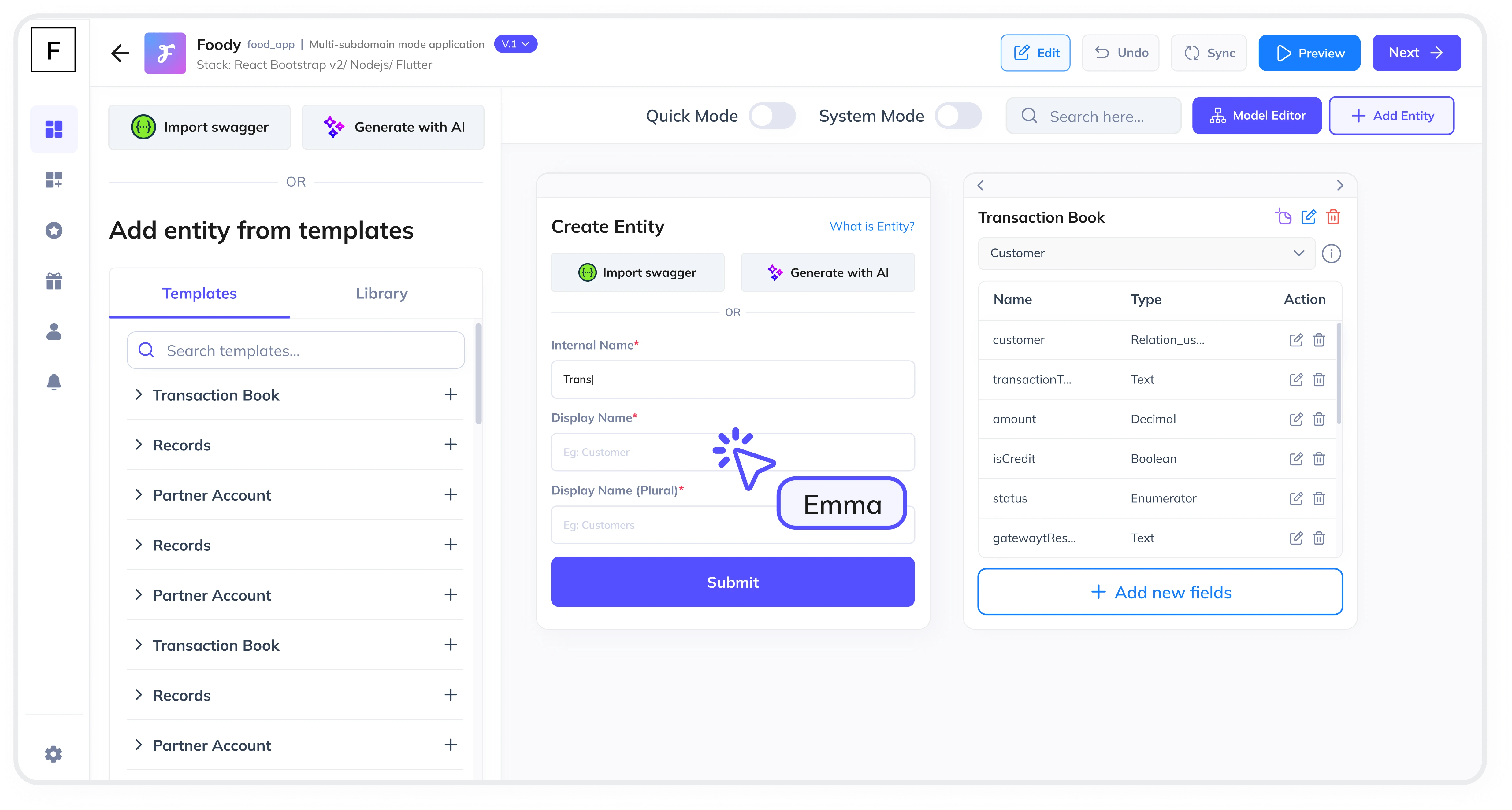Summarize and analyze this article with:
In today's digital-first world, SaaS (Software as a Service) applications are at the forefront of business innovation. One of the critical components of a successful SaaS application is its ability to integrate seamlessly with cloud services and APIs. This is where a Cloud Integration Module comes into play. In this guide, we'll walk you through the step-by-step process of creating a cloud integration module for custom SaaS applications using FAB Builder, a leading low-code platform.
Why Use a Low-Code Platform for SaaS Development?
Low-code platforms like FAB Builder have revolutionized the way applications are developed. Here's why they are ideal for SaaS development:
- Speed: Low-code platforms significantly reduce development time, allowing you to bring your SaaS application to market faster.
- Flexibility: With FAB Builder, you can easily switch between different tech stacks, ensuring your application is always up-to-date with the latest technologies.
- Cost-Effectiveness: By automating much of the coding process, low-code platforms reduce the need for large development teams, thereby cutting costs.
- Scalability: FAB Builder's cloud integration module is designed to scale with your business, ensuring your SaaS application can handle growth without a hitch.
Key Features of FAB Builder for SaaS Development
FAB Builder stands out in the crowded low-code market with its unique features:
- AI-Assisted Entity Creation: Describe your application, and FAB Builder will automatically generate the necessary entities.
- Full Source Code Download: All the code generated by FAB Builder is downloadable, giving you complete control over your application.
- Multi-Tenant Configurations: Create SaaS applications that can sell subscriptions to B2B consumers with ease.
- Cloud Integration: Seamlessly connect with cloud services like AWS, GCP, and Azure.
- Payment Gateway Integration: Integrate with popular payment gateways like Stripe, RazorPay, and PayPal.
- Bulk Data Import/Export: Easily manage large datasets with role-based permissions.
Step By Step Guide to Creating a Cloud Integration Module
Step 1: Define Your Requirements
Before diving into development, it's crucial to define what you need from your cloud integration module. Consider the following:
- Which cloud services do you need to integrate with (e.g., AWS, GCP, Azure)?
- What APIs will your application need to interact with?
- What are your security and compliance requirements?
Step 2: Set Up Your FAB Builder Environment
Log in to your FAB Builder account and set up a new project. Choose the tech stack that best suits your needs (e.g., MERN, MEAN, ReactJs with Tailwind, etc.).
Step 3: Create Entities and Define Fields
Use FAB Builder's AI-assisted entity creation feature to define the entities and fields required for your application. For example, if you're building a CRM, you might need entities like 'Customer', 'Order', and 'Invoice'.
Step 4: Configure Cloud Integration
Navigate to the cloud integration section in FAB Builder. Here, you can configure the cloud services and APIs your application will interact with. FAB Builder supports integration with AWS, GCP, Azure, and other S3-compatible providers.
Step 5: Implement Security Measures
Security is paramount when dealing with cloud services. FAB Builder allows you to implement multi-layer security models, ensuring your data is protected at all times.
Step 6: Test Your Integration
Before going live, thoroughly test your cloud integration module to ensure it works as expected. FAB Builder's one-click deployment feature makes it easy to deploy your application to a test environment.
Step 7: Deploy to Production
Once testing is complete, deploy your application to the production environment. FAB Builder's managed hosting services ensure a smooth deployment process.

Use Cases for Cloud Integration in SaaS Applications
Cloud integration is essential for a wide range of SaaS applications, including:
- E-commerce Platforms: Integrate with payment gateways and cloud storage for product images.
- CRM Systems: Connect with cloud-based email services and analytics tools.
- Healthcare Applications: Ensure secure storage and retrieval of patient data in compliance with regulations like HIPAA.
- Financial Services: Integrate with cloud-based accounting and tax software.
Benefits of Using FAB Builder for SaaS Development
Choosing FAB Builder for your SaaS development comes with numerous benefits:
- Production-Ready Code: The code generated by FAB Builder is production-ready, saving you time and effort.
- Customization: Full source code is downloadable, allowing for complete customization.
- Scalability: FAB Builder's cloud integration module is designed to scale with your business.
- Security: Multi-layer security models ensure your data is always protected.
- Support: FAB Builder offers product development and architecture consultation services to help you every step of the way.
Why Choose FAB Builder for SaaS Development?
FAB Builder is more than just a low-code platform; it's a comprehensive solution for SaaS development. With features like AI-assisted entity creation, full source code download, and multi-tenant configurations, FAB Builder empowers you to create robust, scalable, and secure SaaS applications. Whether you're building an MVP or taking your application to production, FAB Builder has you covered.
Ready to get started?
Visit FAB Builder today and take the first step towards creating your custom SaaS application with seamless cloud integration.


















